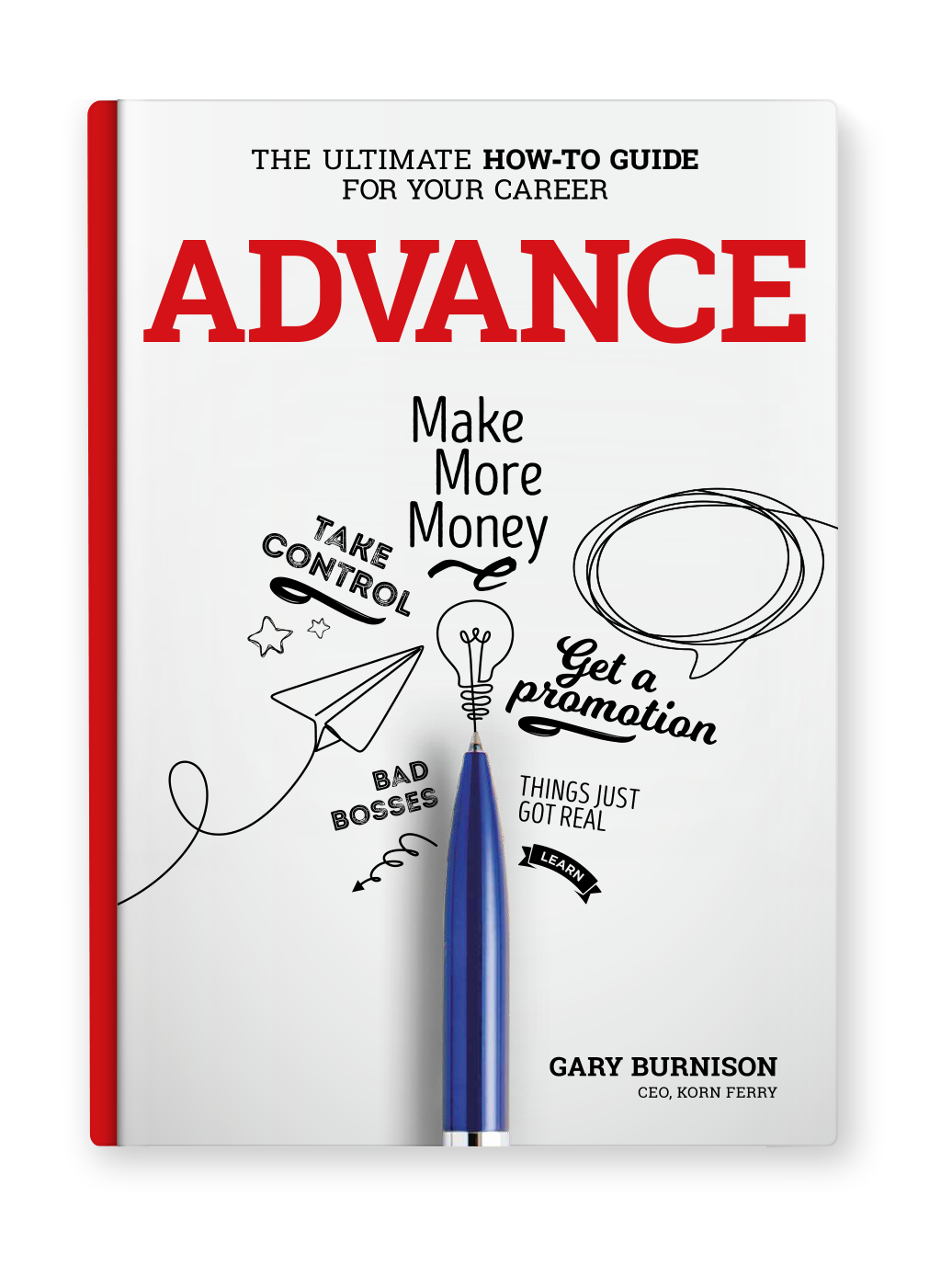Presentations: How Not to Choke
From pitching a new client to updating colleagues, presentations say more about your work than you think.

It's the nightmare we all dread-and have seen all too often. The PowerPoint slide that just won't click to the next page. The video stream that gets stuck buffering. And each time, the presenter (you!) hasn't figured out how to move on with their talk-and probably flubbed the technical glitch in the first place.
According to recent estimates, people now give 30 million PowerPoint presentations daily, and we'd like to think that our colleagues and bosses are forgiving of the occasional glitch.
In truth, many may not be-in their minds it is a human error, always.
But what's critical here, experts say, is the surprising lack of preparation. Most people spend more time trawling the internet or Instagram for the perfect picture to display, or trying to memorize every stat, instead of getting up and walking through their presentation in front of someone. Instead of choosing between Times New Roman and Arial fonts, consider these tips for the next time you find yourself in front of a crowd.
Practice to the point of overpreparing.
We said it above and we'll say it again: you have to practice. And no, we don't mean just creating the PowerPoint presentation. We mean going through each step-from hooking up your laptop to the system to timing yourself and figuring out a good pace. You should know your material so well that even if all your tech were to wipe out, you'd still be able to keep going, says Damon Bates, a principal with Bates Communications.
If you need proof, take a moment on YouTube to watch a now-infamous clip from the 2014 Consumer Electronics Show in Las Vegas, when Transformers film director Michael Bay was on stage touting Samsung's ultra-high-definition curved TVs. When the teleprompter froze, Bay panicked and, in front of hundreds of journalists and industry professionals, fled the stage.
Read the room.
One of the biggest problems with presentations is that they come off as too rehearsed. (Yes, we realize we just told you to practice to the extreme.) What career experts mean, though, is that too often presenters focus only on their delivery and not on how the audience is reacting-if their eyes are starting to glaze over or if there's a chance for some impromptu audience interaction. While you want to stay focused and on point, you must also stay flexible and adapt your message in real-time based on what you see in the crowd.
Use the "look at the clock" trick.
Son Ngo, now CEO of the start-up Tankscrib, was on a roll during the first major presentation of his career, discussing ways to improve sales. Then he paused. In that moment, he allowed himself a glimpse of just how important his talk was for the future of the company and his own career. In front of the CEO, he started to tremble, stutter, and lose his train of thought. "I can't remember clearly what happened, but my manager had to stand up and finish the presentation for me," he says.
There are several techniques you can do to avoid Ngo's outcome. Some people like to walk back and forth while they speak or gesture with their hands. Others pick a point on the wall-a clock hanging behind the audience or a light above a doorway-to return to as a grounding point whenever a tinge of distraction or unease sets in.
Don't forget the details.
While your material and message are front and center, there are other factors you should be mindful of. If you sweat when you get nervous, for example, consider wearing clothes that won't show pit stains, or using makeup that can hold up under bright lights. Remember to move a bit during your presentation, even if you're at a lectern, to avoid your knees locking up, which potentially could lead to fainting. And if you're going to be wearing a microphone, consider how it attaches to your outfit and how it works. Bates recalls a marketing speaker who gave a killer talk, only to dash to the men's room right after he left the stage. Unfortunately, he took his microphone with him-and didn't turn it off. "The whole room was just listening to him in there," Bates says. "It was excruciating."









